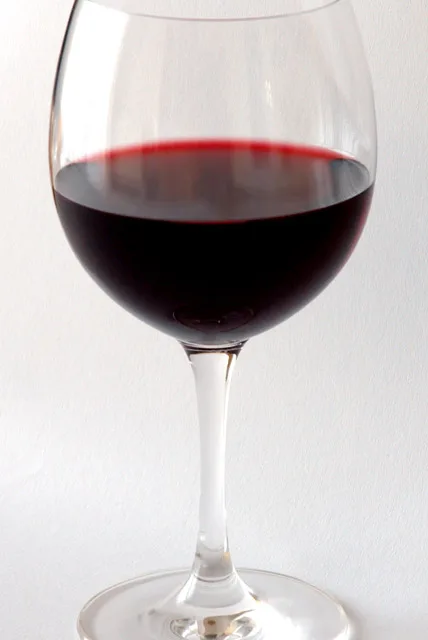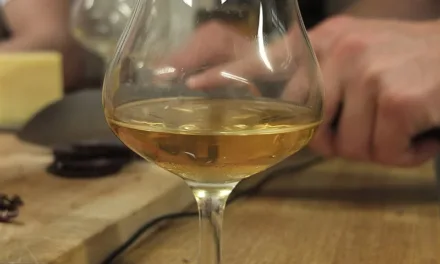Wine is an alcoholic beverage made from fermented grapes. It has a rich history and cultural significance that spans thousands of years, with evidence of wine production dating back to ancient civilizations such as the Egyptians, Greeks, and Romans. Here are some key aspects of wine:
Types of Wine
- Red Wine: Made from dark-colored grape varieties. The skins of the grapes are included in the fermentation process, which gives red wine its color, tannins, and complexity. Popular red wines include Cabernet Sauvignon, Merlot, Pinot Noir, and Syrah.
- White Wine: Made from green or yellowish grapes, though it can also be made from red grapes if the skins are removed before fermentation. White wines are generally lighter and more acidic than red wines. Examples include Chardonnay, Sauvignon Blanc, and Riesling.
- Rosé Wine: Produced from red grapes, but the skins are removed after a short period of fermentation, giving the wine a pink hue. Rosé can range from sweet to dry.
- Sparkling Wine: Contains significant levels of carbon dioxide, making it fizzy. Champagne is the most famous type of sparkling wine, but other varieties include Prosecco, Cava, and sparkling wines from other regions.
- Dessert Wine: Typically sweeter wines that are often served with or as dessert. They can be made from grapes that are harvested late, dried, or affected by noble rot. Examples include Port, Sherry, and Sauternes.
Wine Production Process
- Harvesting: Grapes are picked, either by hand or machine, at the peak of their ripeness.
- Crushing and Pressing: Grapes are crushed to release their juice. For red wines, the juice ferments with the skins; for white wines, the skins are removed before fermentation.
- Fermentation: Yeast converts the sugars in the grape juice into alcohol and carbon dioxide. This process can take place in stainless steel tanks, oak barrels, or other containers.
- Aging: Wines are aged to develop their flavors. This can occur in various types of barrels or tanks, and the duration can vary greatly. Some wines are meant to be consumed young, while others benefit from extended aging.
- Bottling: After aging, the wine is filtered, stabilized, and bottled. Some wines may undergo additional aging in the bottle.
Wine Regions
- France: Known for regions like Bordeaux, Burgundy, Champagne, and the Rhône Valley.
- Italy: Famous for areas such as Tuscany (Chianti), Piedmont (Barolo), and Veneto (Prosecco).
- Spain: Renowned for regions like Rioja, Ribera del Duero, and Cava production areas.
- United States: Notably California (Napa Valley, Sonoma), Oregon, and Washington State.
- Australia: Known for regions like Barossa Valley, McLaren Vale, and Hunter Valley.
- Other Regions: Wine is produced worldwide, including countries like Chile, Argentina, South Africa, New Zealand, and Germany.
Wine Tasting
Wine tasting involves evaluating several characteristics:
- Appearance: The color and clarity.
- Aroma: The scents that come from the wine, which can include fruit, floral, herbal, and earthy notes.
- Taste: The flavors perceived on the palate, including sweetness, acidity, tannins, and body.
- Finish: The aftertaste and length of time the flavors linger after swallowing.
Cultural and Social Aspects
Wine is often associated with various cultural and social practices, including:
- Cuisine: Wine pairing with food to enhance the dining experience.
- Celebrations: Used in toasts and ceremonies, such as weddings and holidays.
- Collecting: Many people collect fine wines as an investment or hobby.
Health and Wine
Moderate wine consumption has been linked to certain health benefits, such as improved heart health, due to compounds like resveratrol. However, excessive consumption can lead to health problems, emphasizing the importance of moderation.
Image from Wikipedia






Recent Comments